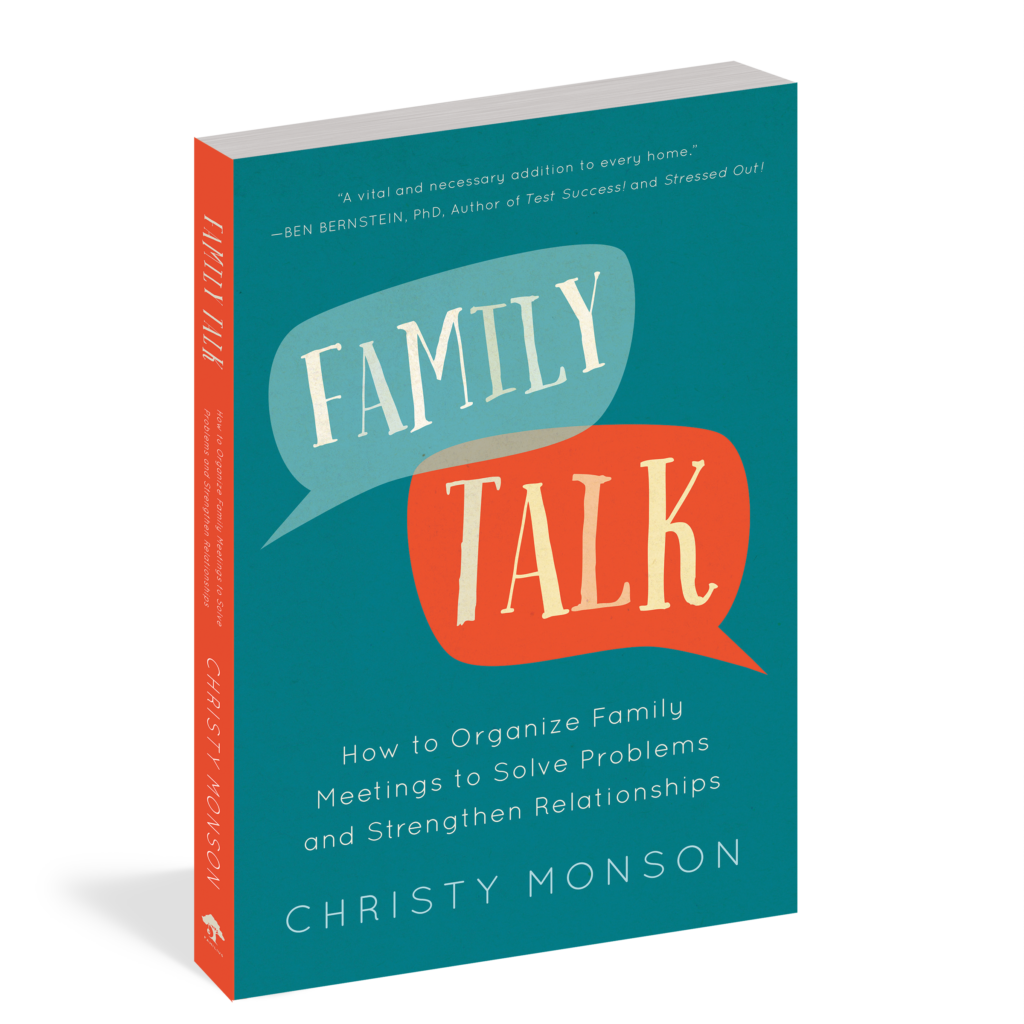
10 Goals to Set for Family Improvement
When you’re a parent, partner, or child, family improvement comes before self-improvement. Set these goals for family improvement to help your family and yourself grow.
New year, new you—but what about your family?
When you become a parent, you, your partner, and even your kids become one unit. Forget self-improvement. If you don’t want to leave your family in the dust when the new year begins, it’s time to consider setting family goals for family improvement.
Why You Should Set Family Goals
Self-improvement is great, but not when you get so far ahead of your family that you become frustrated when they aren’t on the same page as you. If your goal has something to do with your family, consider making it a family goal. This can have numerous benefits, including the overall well-being and success of your family. In short, setting goals as a family is a proactive and intentional approach to building a strong and thriving family unit. It fosters positive relationships, personal growth, and a sense of purpose that extends beyond individual aspirations to the collective well-being of the entire family.
Reasons Why Setting Family Goals Is Great for Family Improvement
- It creates a shared sense of purpose and unity, fostering a stronger bond and a sense of belonging.
- It encourages open communication, leading to improved understanding and connection.
- It teaches responsibility and accountability, letting everyone recognize their contributions to the family’s success.
- Goals promote teamwork and collaboration, creating a cooperative and harmonious family environment.
- Family goals can be designed to promote individual growth for each family member.
- Goal-setting helps families identify and prioritize what matters most to them, which defines family values and helps allocate time and resources.
- Clearly defined goals provide structure and direction, which can lead to better time management, reduced stress, and a sense of accomplishment.
- Goals provide opportunities for celebration, which fosters a positive atmosphere.
- Goal-setting helps build resilience as family members adapt to change, overcome obstacles, and learn from setbacks, promoting a growth mindset.
- Family goals can be designed to improve various aspects of well-being, which contributes to overall happiness and satisfaction.
- Family members learn valuable skills in setting priorities, creating action plans, and managing resources effectively.
- Achieving family goals instills a sense of pride and accomplishment, reinforcing the idea that the family can overcome challenges together.
- Setting goals provides a roadmap for the family’s journey.
How to Set Family Goals
It’s easy to get caught up in the wave of self-improvement at the new year, but there’s no reason to rush. Goals are the most effective when you take time to consider each individual member’s needs before running toward family improvement.
To make sure that your destination is one you actually want to reach, follow these simple steps:
1. Hold a Family Meeting
Schedule a family meeting where everyone can participate. Choose a comfortable and quiet space where everyone can share their thoughts without distractions.
If family meetings aren’t your forte—between playful kids and an aimless agenda—Family Talk will have your answer.
2. Reflect on Values
Begin by discussing your family’s values and priorities. What is important to each family member? Consider aspects such as education, health, relationships, or community involvement.
3. Identify Individual Goals
Allow each family member to express their personal goals and aspirations. This could include academic achievements, hobbies, personal development, or any other area they want to focus on.
4. Find Common Ground
Look for common themes or goals that align with the family’s values. These could be shared interests, such as spending more quality time together, improving communication, or pursuing a common hobby.
5. Categorize Goals
Group the identified goals into categories. Common categories include academic or educational goals, health and wellness goals, relationship goals, financial goals, and community or service-oriented goals.
6. Make Goals Specific and Measurable
Refine each goal to make it specific and measurable. Instead of a vague goal like “spend more time together,” make it specific like “have a family game night every Friday.”
7. Set Realistic Timeframes
Assign realistic timeframes to each goal. This will help create a sense of urgency and provide a timeline for tracking progress.
8. Prioritize Goals
Determine the order of priority for the goals. Which goals are most important and time-sensitive? Prioritizing will help the family focus on a few key objectives at a time.
9. Create Action Plans
Break down each goal into actionable steps. For example, if the goal is to improve communication, the action steps might include implementing regular family meetings or setting aside dedicated time for open discussions.
10. Assign Responsibilities
Clearly define who is responsible for each action step. Assigning responsibilities ensures accountability and encourages active participation from each family member.
11. Establish Regular Check-Ins
Schedule regular family check-ins to assess progress, celebrate achievements, and make any necessary adjustments to the goals or action plans.
12. Celebrate Achievements
Celebrate both small and large achievements. Acknowledging success reinforces the importance of working together towards common objectives.
13. Adapt and Evolve
Be flexible and open to adapting goals as circumstances change. Life is dynamic, and family goals may need adjustment over time.
10 Goals for Family Improvement
1. Improve family communication by fostering open dialogue and active listening.
Example Actions:
- Implement regular family meetings.
- Practice writing family letters to express feelings and thoughts in a respectful manner.
- Set aside dedicated time for one-on-one conversations with each family member.
2. Increase the amount of quality time spent together as a family.
Example Actions:
- Establish a family game night or movie night.
- Plan regular family outings or vacations.
- Create a shared calendar for family events and activities.
3. Foster a healthier lifestyle for the entire family.
Example Actions:
- Encourage regular exercise or outdoor activities together.
- Plan and prepare nutritious family meals.
- Establish a consistent sleep routine for each family member.
4. Support educational and personal growth for each family member.
Example Actions:
- Set academic goals for students and create a study schedule.
- Encourage the pursuit of hobbies or interests.
- Attend educational events or workshops together.
5. Improve financial literacy and stability within the family.
Example Actions:
- Create a family budget and savings plan.
- Teach children about money management.
- Set financial goals for short-term and long-term needs.
6. Strengthen family bonds and relationships.
Example Actions:
- Schedule regular family outings or game nights.
- Initiate conversations about each family member’s interests and experiences.
- Encourage and facilitate sibling bonding by planning sibling activities.
7. Cultivate a sense of community and social responsibility.
Example Actions:
- Volunteer as a family for local community projects.
- Attend community events or join clubs together.
- Support a charitable cause as a family.
8. Establish healthy screen time habits and balance in the use of technology.
Example Actions:
- Implement designated screen-free times, such as during meals.
- Encourage face-to-face communication over digital communication.
- Monitor and limit screen time for children.
9. Prioritize mental and emotional health for all family members.
Example Actions:
- Promote open discussions about emotions and feelings.
- Introduce mindfulness or relaxation practices.
- Seek professional support if needed.
10. Foster a sense of environmental responsibility within the family.
Example Actions:
- Practice eco-friendly habits, such as recycling and conserving energy.
- Plant a family garden or participate in local environmental initiatives.
- Educate family members about sustainability.
Books to Help You Reach Your Family Improvement Goals

Big Book of Family Games

Family Talk

Skinny Southern
Shaelyn Topolovec earned a BA in editing and publishing from BYU, worked on several online publications, and joined the Familius family. Shae is currently an editor and copywriter who lives in California’s Central Valley.
